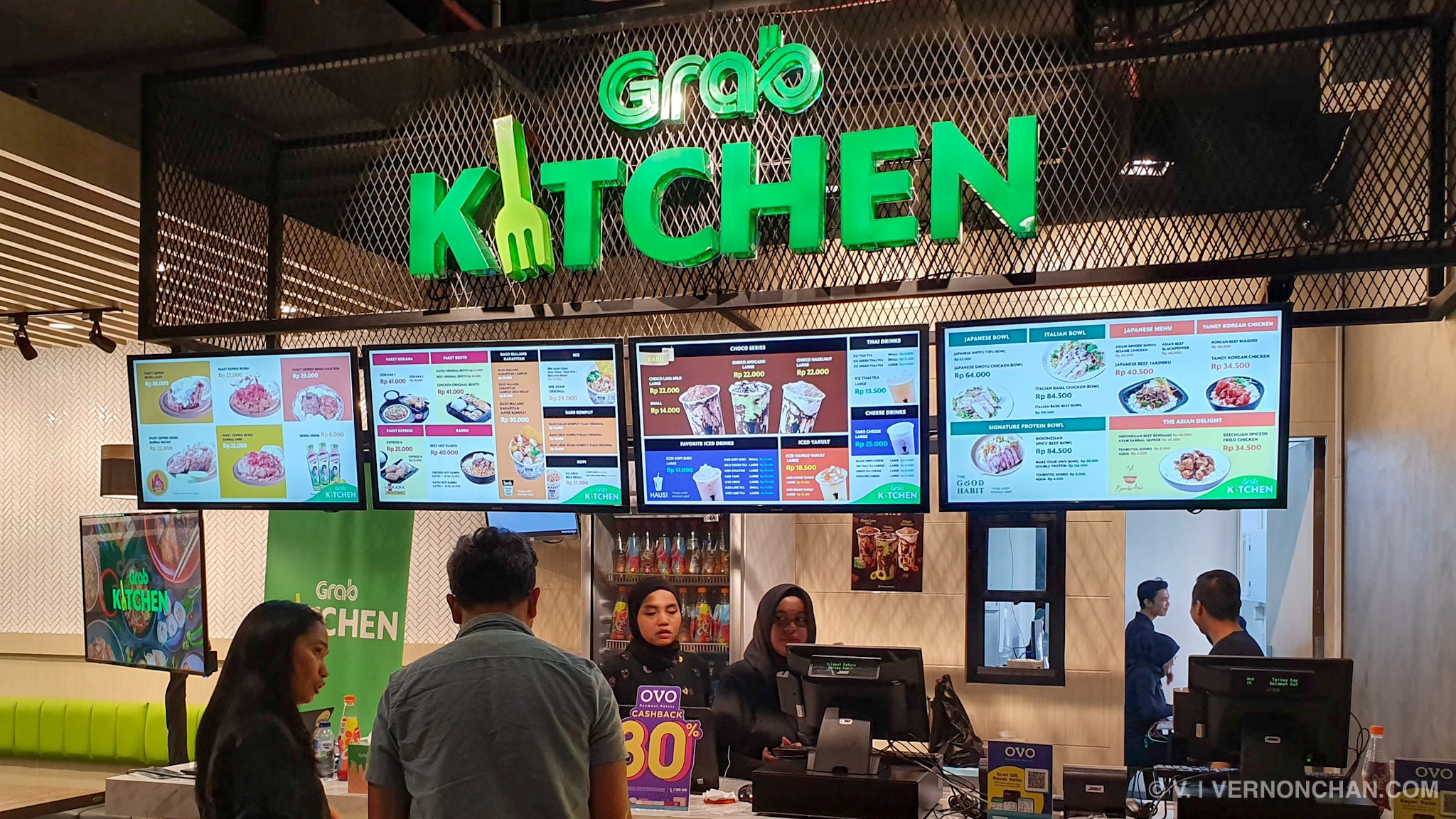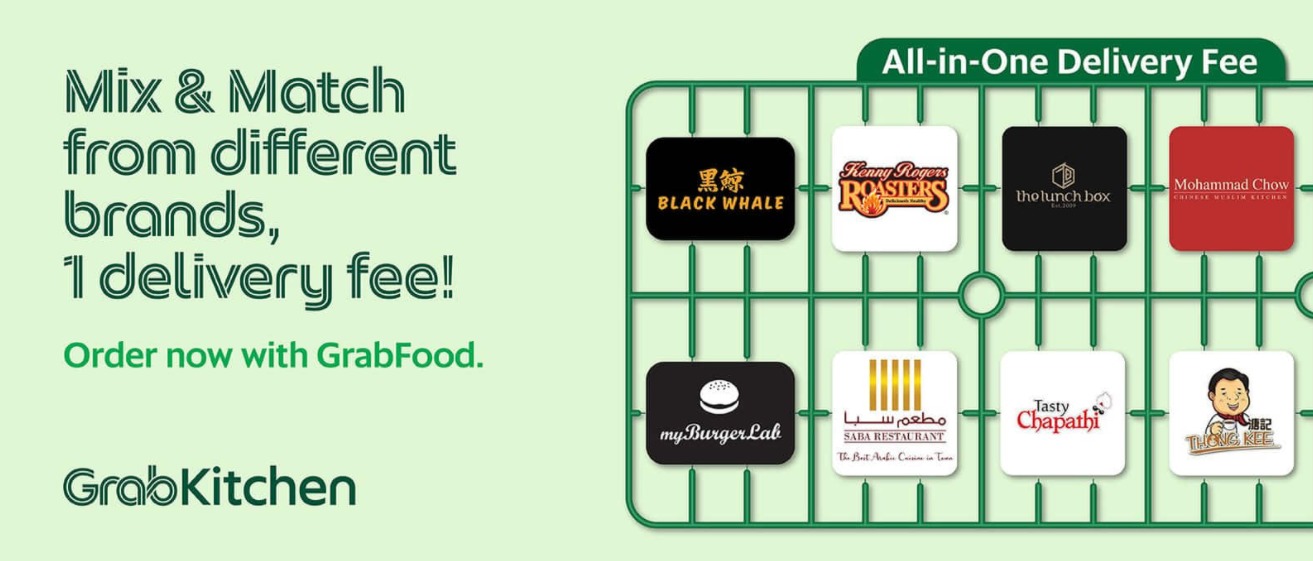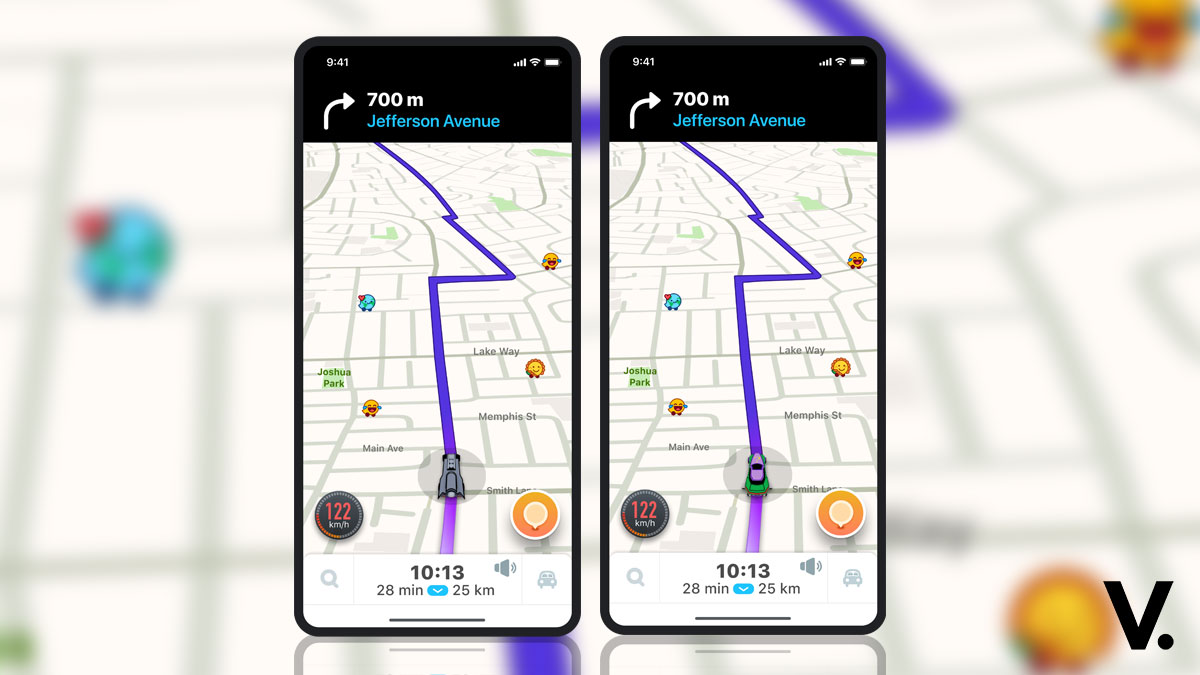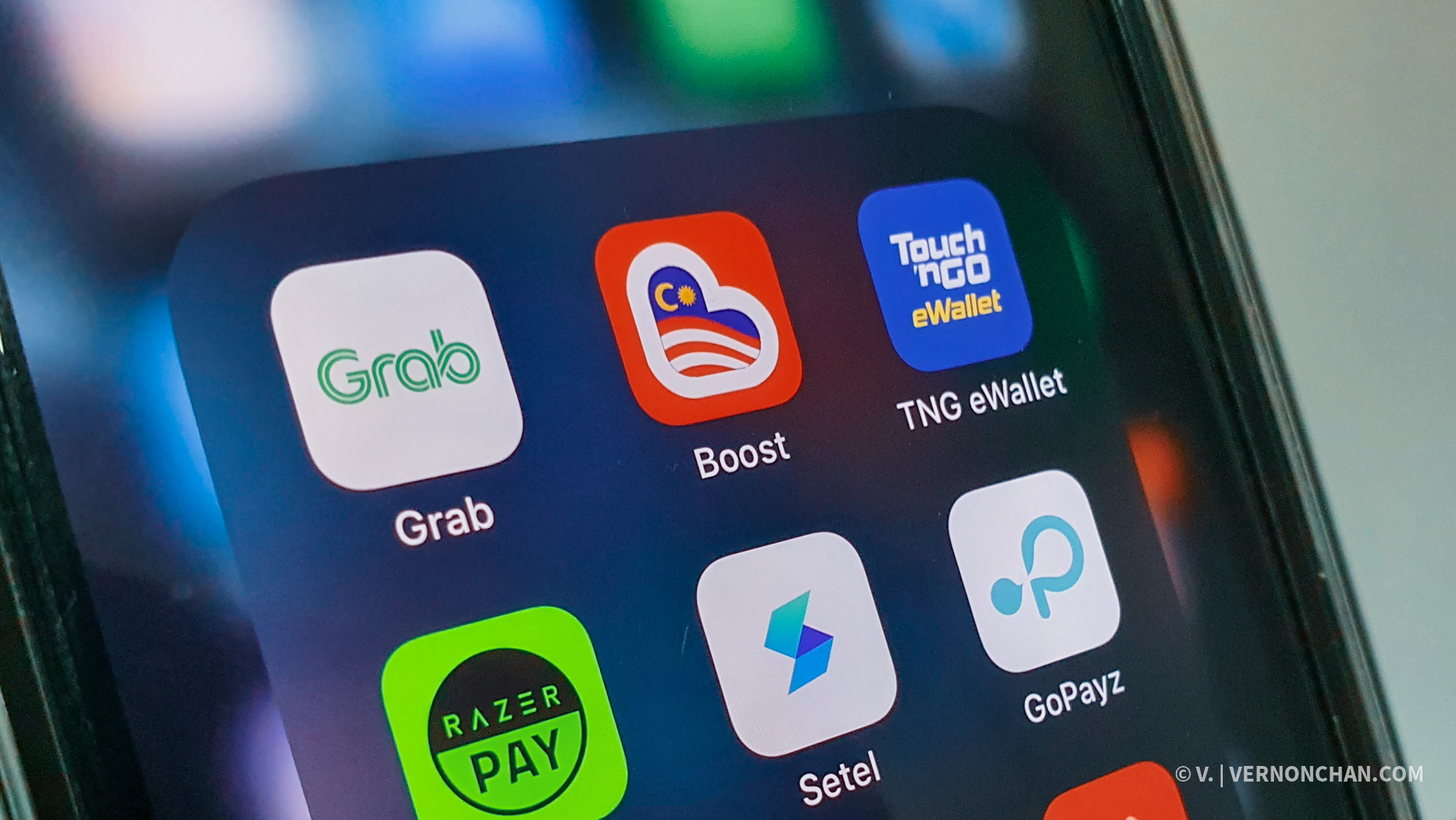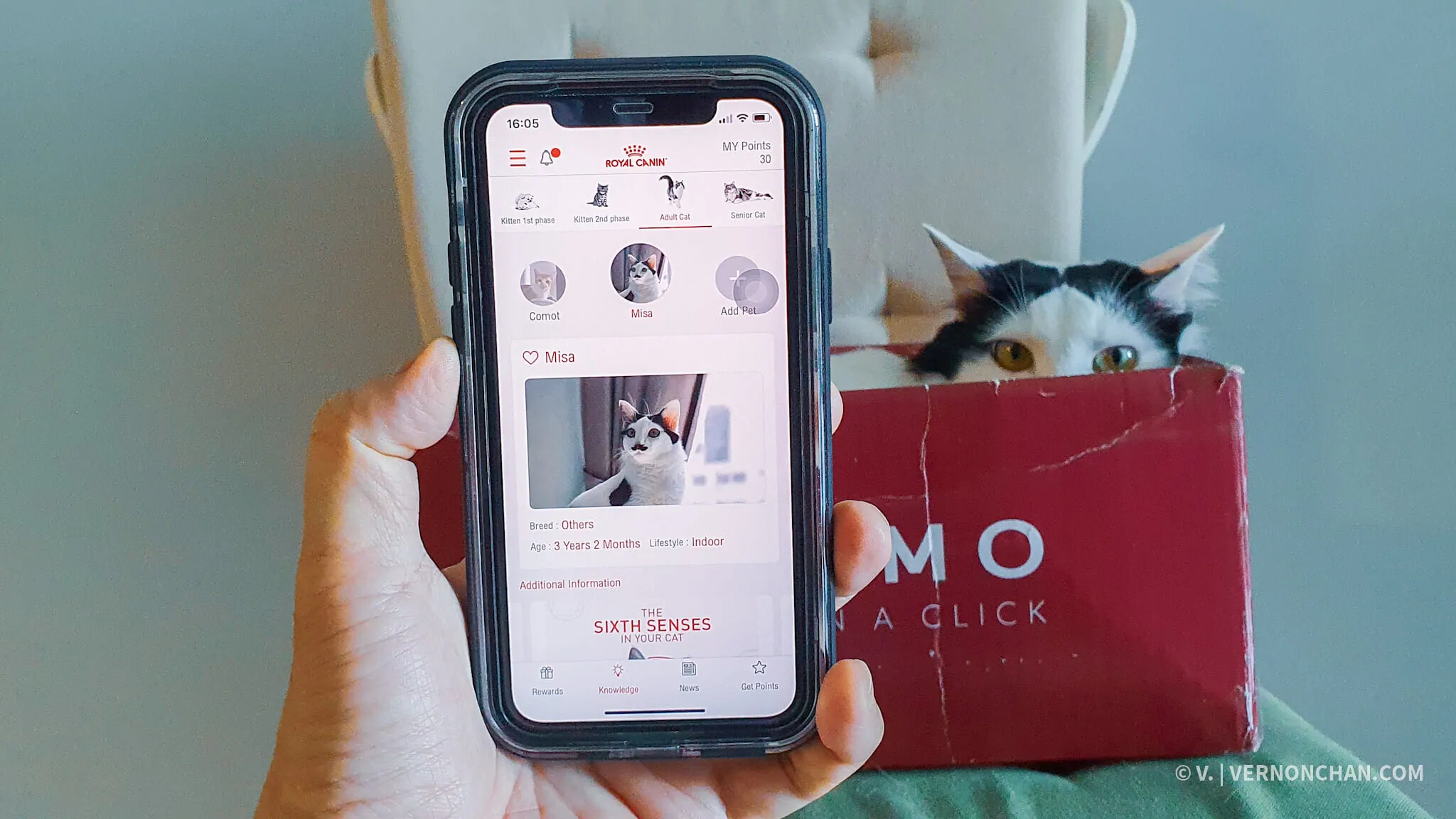Ride-hailing giant Grab is fast becoming a jack of all trades with its hands in everything—from transportation, mobility, logistics, payments, fintech, to food delivery and funding startups. As it usurps its way through Southeast Asia with its plethora of services powering its “everyday super app,” one part of the business that’s set to drive the company’s growth and profitability is the food business. And, Grab is betting big on this nascent market, with its latest investment in a concept called GrabKitchen.
Wait, is Grab in the restaurant business now?
Before we answer that, let’s look at Grab’s foray into this segment. Grab’s food business—GrabFood—began in 2016 when it acquired Uber’s regional operations that included UberEats. Initially available in just two Indonesian cities in early 2018, it has expanded rapidly and broadly across Southeast Asia; now present in 221 cities spanning Indonesia, Malaysia, Thailand, Singapore, the Philippines, and Vietnam. As it stands, it’s the only truly regional food delivery player, with the largest footprint in Southeast Asia.
GrabFood accounts for 20 percent of the company’s total GMV (gross merchandise volume), up from 5 percent in June 2018. Its delivery volume in the region grew close to 7x year-on-year ending June 2019. It has also seen a rise in its user base—3x growth in H1 2019, as on-demand food delivery becomes more pervasive.
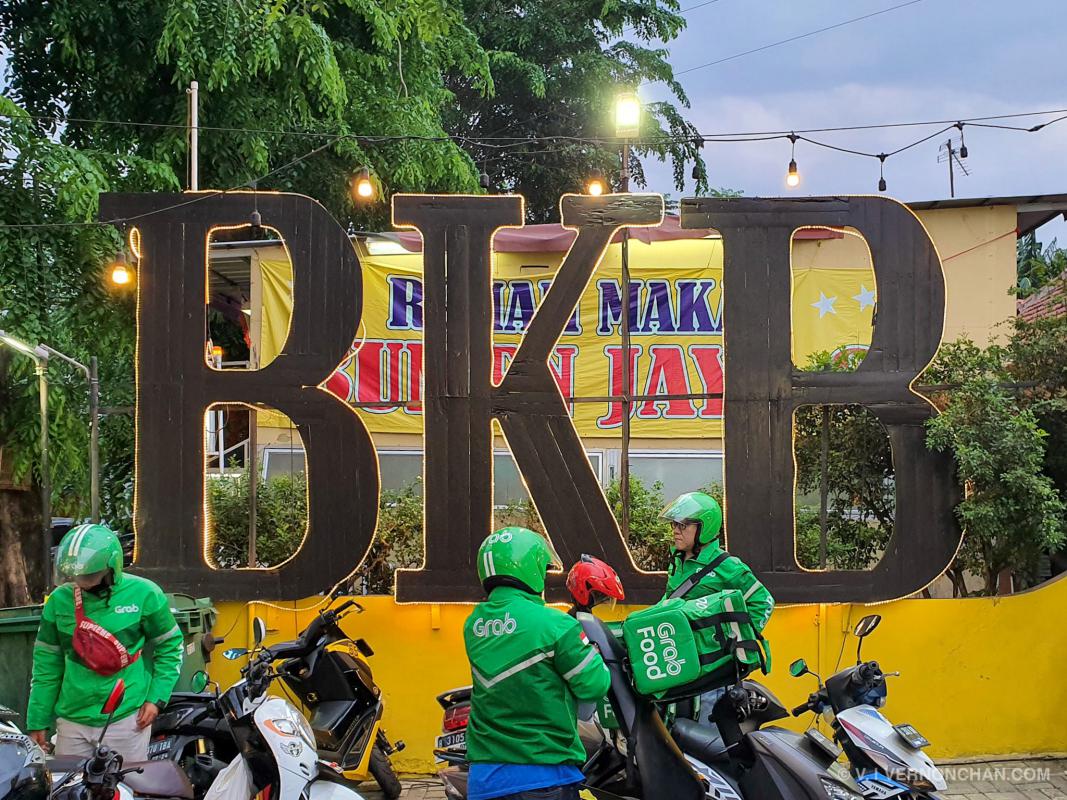
In Indonesia, its biggest market, the business grew 3x in H1 2019 alone, bolstered by strong growth in outer-Jakarta cities like Medan, Surabaya and Bandung, with almost 4x growth. GrabFood is now available in 178 cities in Indonesia, with its market share hitting almost 50 percent, a rise from 15 percent just one year ago. It’s on track to becoming the largest food delivery player in Indonesia by the end of this quarter.
Homegrown startup Gojek, Grab’s fiercest competitor in ride-hailing, food delivery, and payments in Indonesia, has also seen its food business across the region double, as reported by CNBC.
It isn’t a two-way fight though. Grab and Gojek have the company of established food delivery-only players like Foodpanda and UK-based Deliveroo.
As the market is still growing, there’s plenty of room for other players to compete.
The global online food delivery market could grow more than tenfold in the next decade, predicts Swiss investment bank UBS. That’s from USD35 billion in 2018 to around USD365 billion by 2030. It’s no surprise that venture capitalists are investing huge amounts of money in this space.
That said, companies like Grab and Gojek do have a distinct advantage over the competition—their multifarious nature means they have multiple sources of revenue and a tentacular network they can tap into.
Southeast Asia, home to over 640 million people is growing at a rapid pace, and as mobility and digital access improve in tandem, likewise on-demand services like food delivery and digital payment. The region is poised to become the world’s fourth largest economy by 2030.
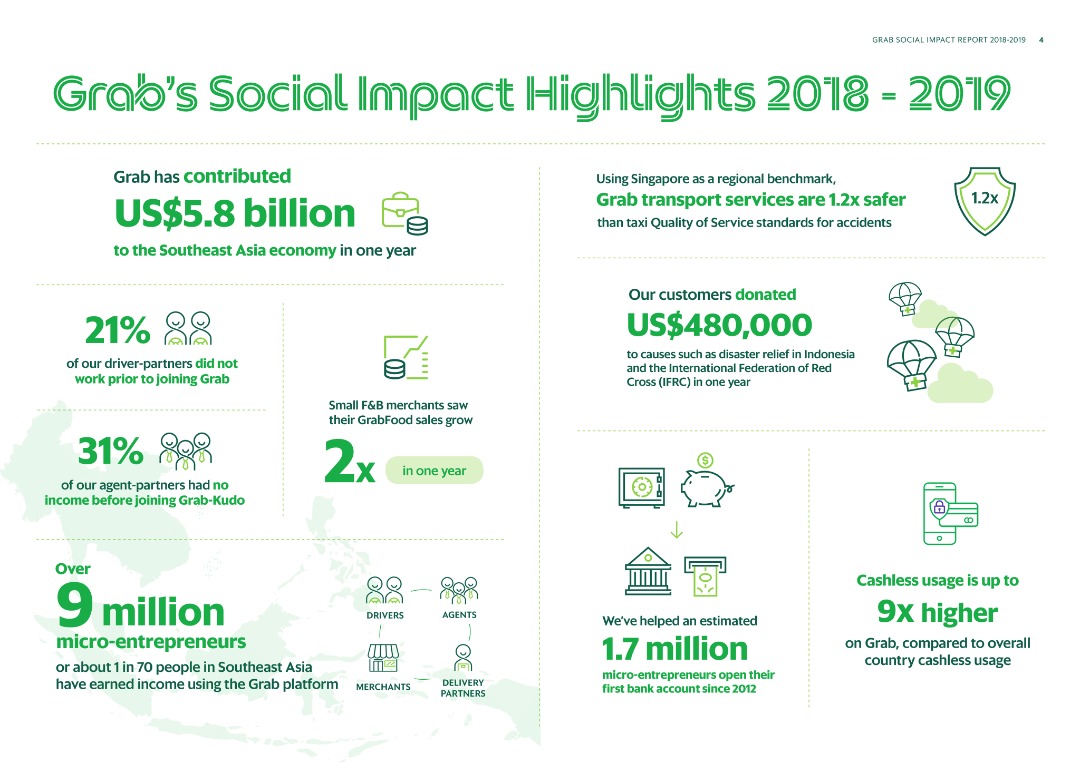
The latest numbers from Grab’s Social Impact Report reveal that the company empowers over 9 million micro-entrepreneurs and small businesses across the region. This includes driver-partners, delivery-partners, merchants and agents.
This expansive ecosystem, together with the millions of users on the platform generates and provides valuable actionable data and insights. With data science, Grab can drive up driver-rider utilisation rates, better anticipate customers demand, and make operations more efficient.
Which now leads us to Grab’s latest endeavour: GrabKitchen.
When scrutinised from a macro level, it all makes perfect sense. There are millions of users on the Grab platform. There’s a growing food delivery business. There are ready GrabExpress delivery-partners who are already delivering for GrabFood (and some double-up as GrabBike providers). There is a payment platform. And there’s a super app that encompasses everything.

What is GrabKitchen?
Grab describes its GrabKitchen concept as a cloud kitchen, a fancy term for a shared kitchen where multiple merchants co-exist in one location.
Sai Alluri, Head of GrabKitchen, explained that this concept enables food businesses—from moms and pops, to small businesses and popular “local hero” chain brands, to build a food delivery business with low-risk and low-cost. They instantly gain access to the Grab network, subsequently expanding their reach and growing their customer base. They can focus on what they do best—prepare and cook food, while Grab does the rest.
GrabKitchen solves a chunk of pain points experienced by merchants, including scouting for a location within budget, time-consuming and costly renovation, marketing, and logistics.
This is F&B Business 2.0
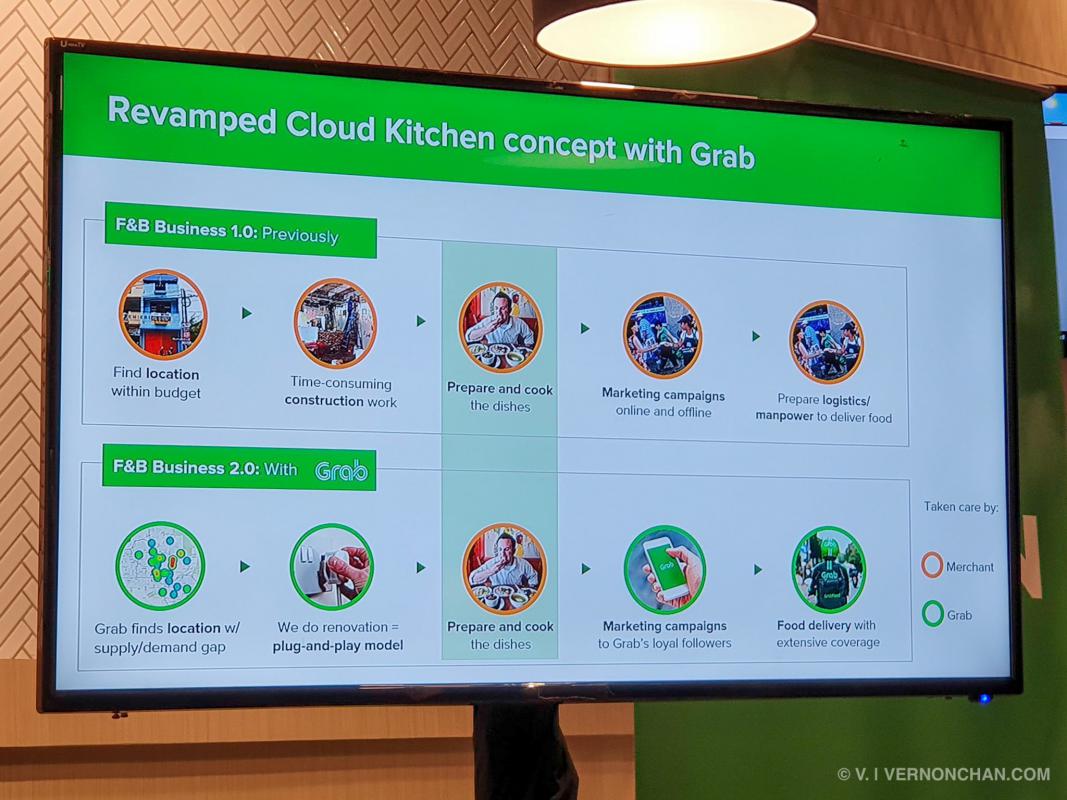
Using data science, Grab pinpoints a location that has a supply and demand gap. This could be a particular cuisine or food item that’s in demand or much-requested for within a locale. The company then does the necessary renovation to set up the cloud kitchen.
Merchants are then curated, typically 8-15 merchants per outlet, then onboarded to the platform. It’s a truly plug-and-play model where merchants onboard for a relatively low cost. Sai did not disclose the profit-sharing margin between merchant and Grab, but did say it ranges from merchant to merchant. He stressed that Grab is fully invested in the growth of the merchants and therefore ensures the barrier of entry is low.
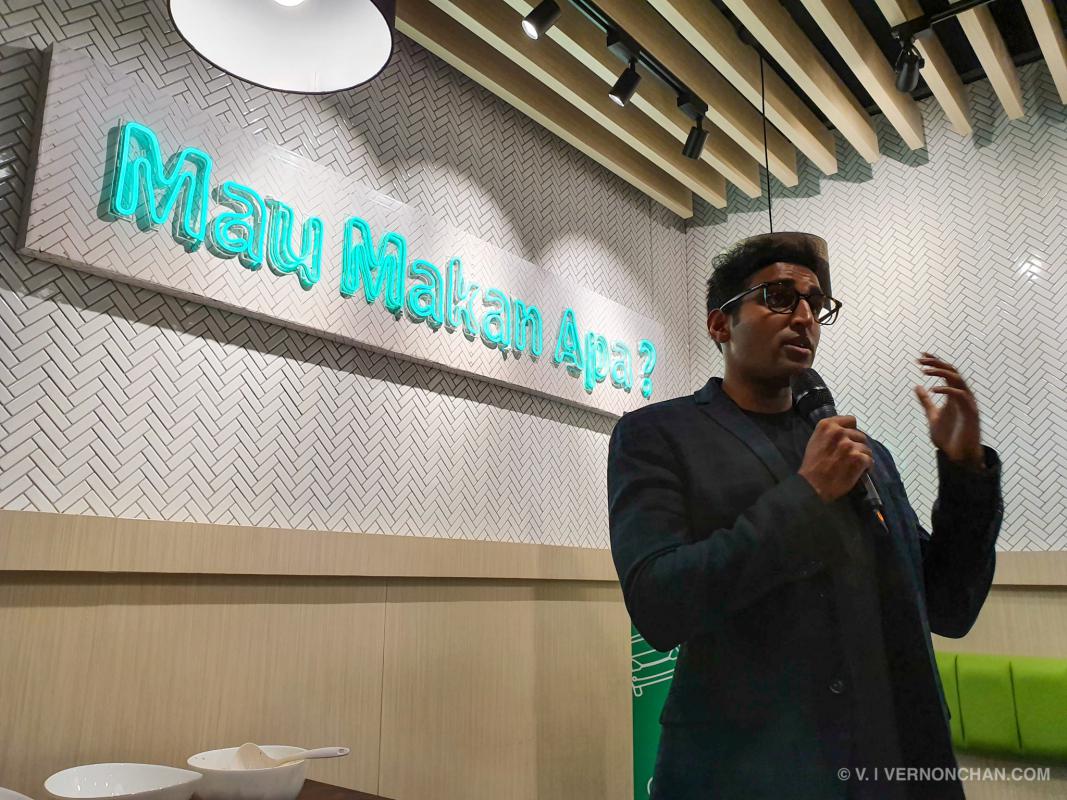
Because the GrabKitchen is designed from ground up to cater for food delivery, customers can expect faster delivery times. Unlike a traditional F&B outlet, drivers have a dedicated pick-up area at GrabKitchen, and don’t have to queue together with dine-in customers. Additionally, because there is a variety of food from a single establishment, it saves drivers time from picking up from different locations.
For customers, it would mean being able to enjoy a wider selection of food and cuisine per order. Previously, customers could only order a particular cuisine from a single merchant. According to Sai, this “food court” proposition has taken off in Jakarta.
While GrabKitchen is 100 percent focused on food delivery, Grab is also experimenting with a hybrid dine-in concept. I had the opportunity to visit the first ever GrabKitchen with dine-in facilities at Capital Place, Kota Jakarta Selatan. I was told that response to the dine-in concept has been encouraging, “We’re still experimenting,” Sai lamented.
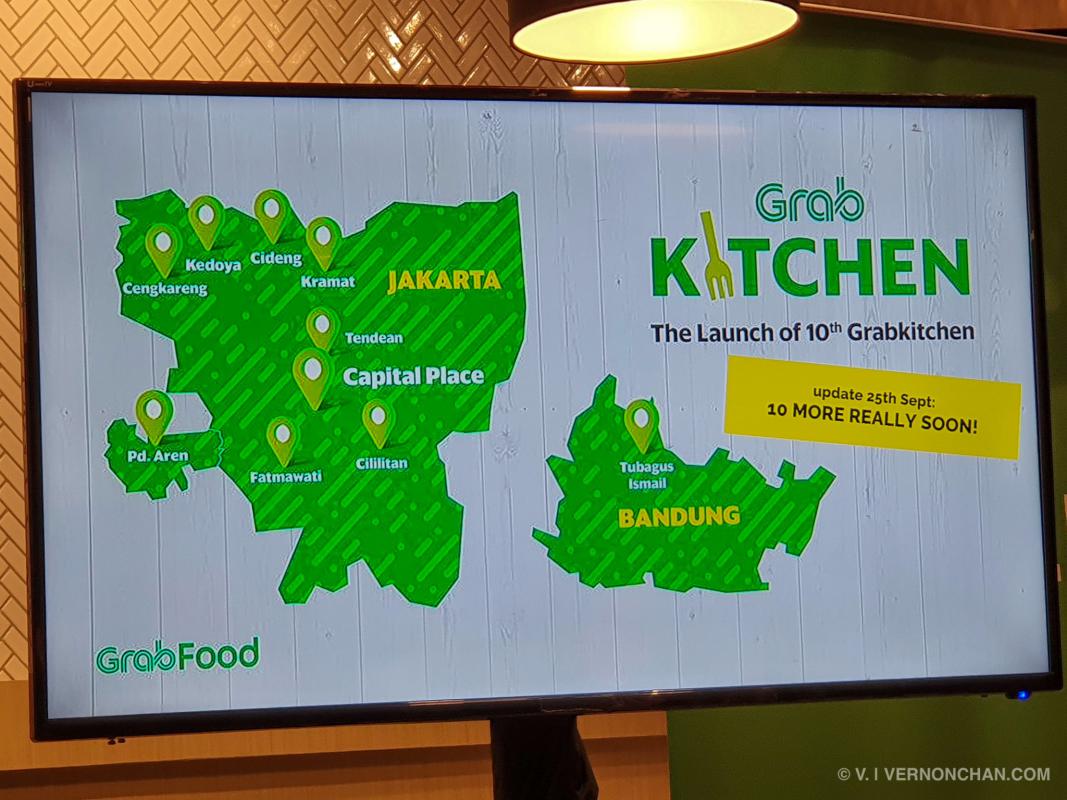
Introduced in April this year, Grab currently has 10 cloud kitchens in Indonesia (9 in Jakarta, one in Bandung), with 10 more rolling out soon. Sai said Grab plans to grow this number to 50 by year end, and also 50 across the region.
When I asked Sai about the timeline of a Malaysian GrabKitchen rollout, he simply said, “Stay tuned.”
Until then, I’ll remain green with envy for my Indonesian neighbour, or at least until I make my next trip to Jakarta.


